Details of the Target
General Information of Target
| Target ID | LDTP11265 | |||||
|---|---|---|---|---|---|---|
| Target Name | Vesicle-associated membrane protein 8 (VAMP8) | |||||
| Gene Name | VAMP8 | |||||
| Gene ID | 8673 | |||||
| Synonyms |
Vesicle-associated membrane protein 8; VAMP-8; Endobrevin; EDB |
|||||
| 3D Structure | ||||||
| Sequence |
MAAPMEVAVCTDSAAPMWSCIVWELHSGANLLTYRGGQAGPRGLALLNGEYLLAAQLGKN
YISAWELQRKDQLQQKIMCPGPVTCLTASPNGLYVLAGVAESIHLWEVSTGNLLVILSRH YQDVSCLQFTGDSSHFISGGKDCLVLVWSLCSVLQADPSRIPAPRHVWSHHALPITDLHC GFGGPLARVATSSLDQTVKLWEVSSGELLLSVLFDVSIMAVTMDLAEHHMFCGGSEGSIF QVDLFTWPGQRERSFHPEQDAGKVFKGHRNQVTCLSVSTDGSVLLSGSHDETVRLWDVQS KQCIRTVALKGPVTNAAILLAPVSMLSSDFRPSLPLPHFNKHLLGAEHGDEPRHGGLTLR LGLHQQGSEPSYLDRTEQLQAVLCSTMEKSVLGGQDQLRVRVTELEDEVRNLRKINRDLF DFSTRFITRPAK |
|||||
| Target Bioclass |
Transporter and channel
|
|||||
| Family |
Synaptobrevin family
|
|||||
| Subcellular location |
Lysosome membrane
|
|||||
| Function |
SNAREs, soluble N-ethylmaleimide-sensitive factor-attachment protein receptors, are essential proteins for fusion of cellular membranes. SNAREs localized on opposing membranes assemble to form a trans-SNARE complex, an extended, parallel four alpha-helical bundle that drives membrane fusion. VAMP8 is a SNARE involved in autophagy through the direct control of autophagosome membrane fusion with the lysososome membrane via its interaction with the STX17-SNAP29 binary t-SNARE complex. Also required for dense-granule secretion in platelets. Also plays a role in regulated enzyme secretion in pancreatic acinar cells. Involved in the abscission of the midbody during cell division, which leads to completely separate daughter cells. Involved in the homotypic fusion of early and late endosomes. Participates also in the activation of type I interferon antiviral response through a TRIM6-dependent mechanism.
|
|||||
| Uniprot ID | ||||||
| Ensemble ID | ||||||
| HGNC ID | ||||||
Probe(s) Labeling This Target
ABPP Probe
| Probe name | Structure | Binding Site(Ratio) | Interaction ID | Ref | |
|---|---|---|---|---|---|
|
FBPP2 Probe Info |
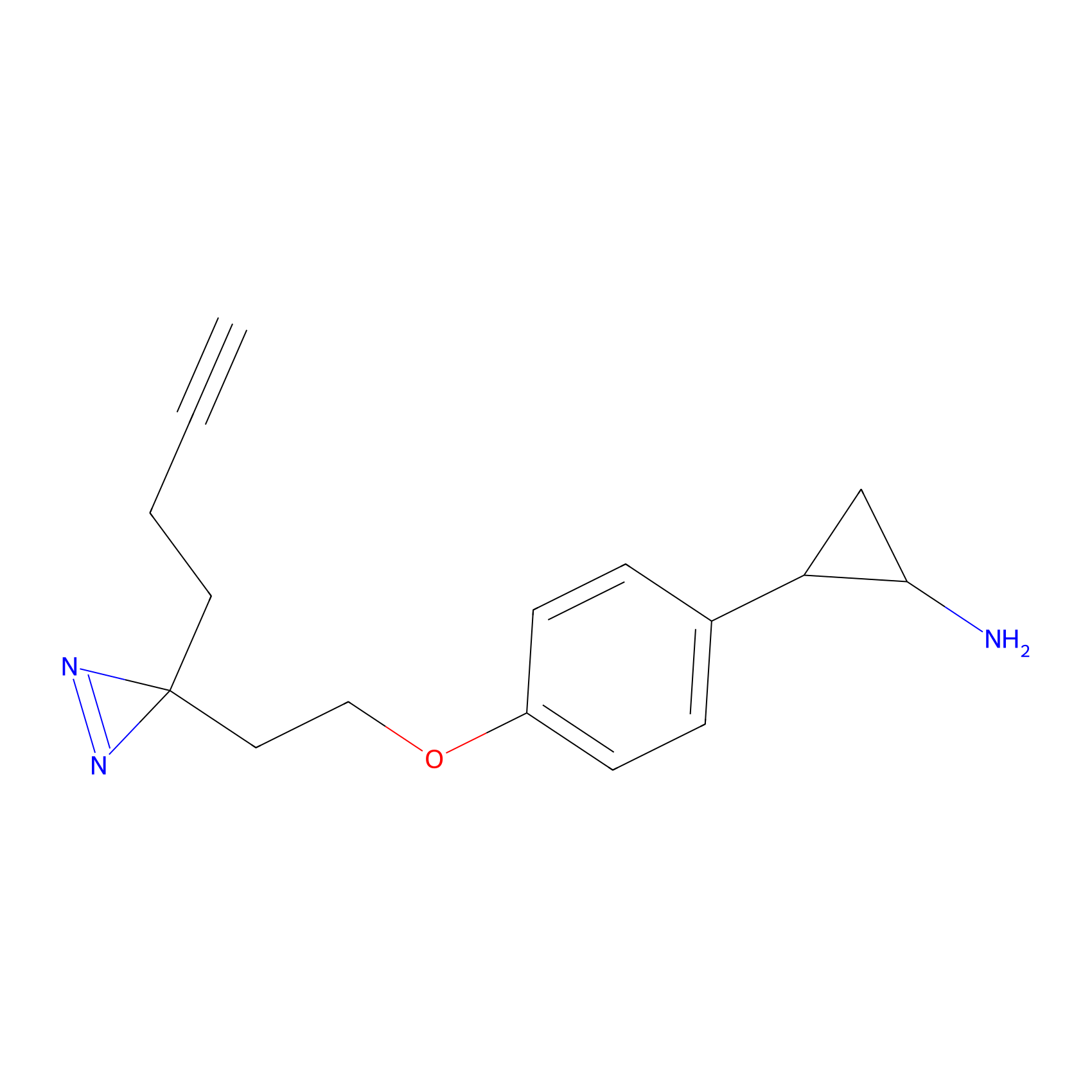 |
3.91 | LDD0324 | [1] | |
|
YN-1 Probe Info |
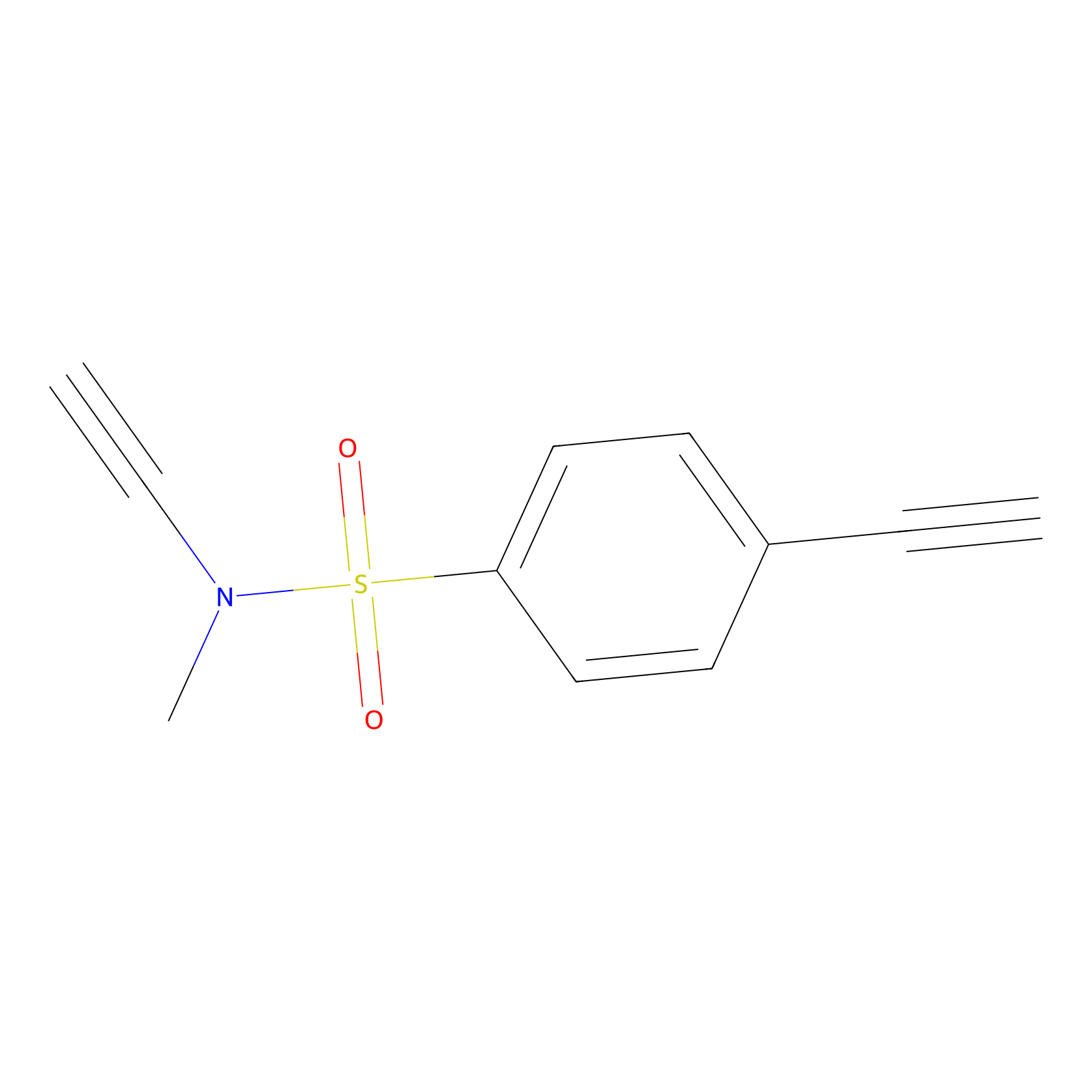 |
100.00 | LDD0444 | [2] | |
|
STPyne Probe Info |
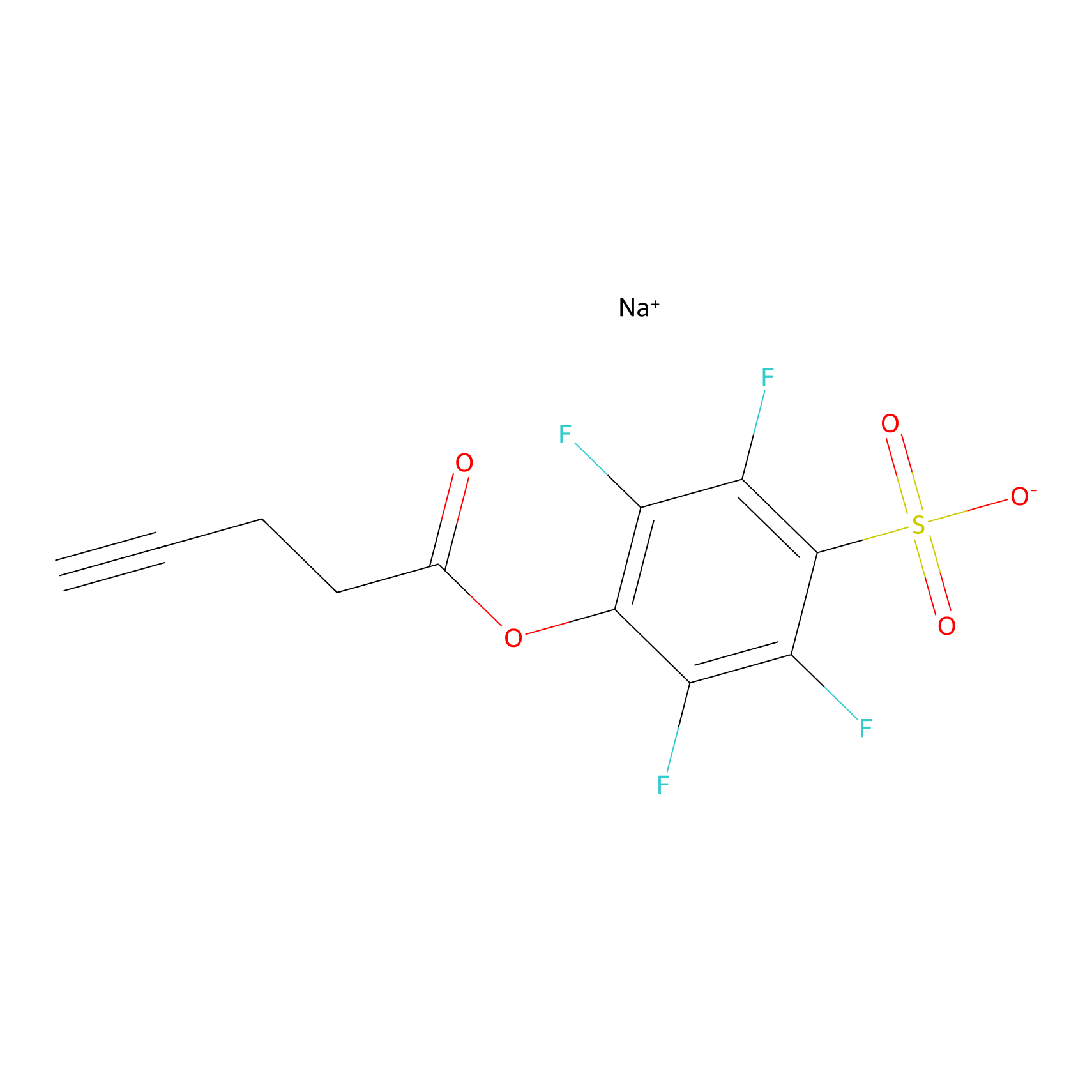 |
K24(4.66); K47(8.66); K59(6.79); K64(7.50) | LDD0277 | [3] | |
|
AZ-9 Probe Info |
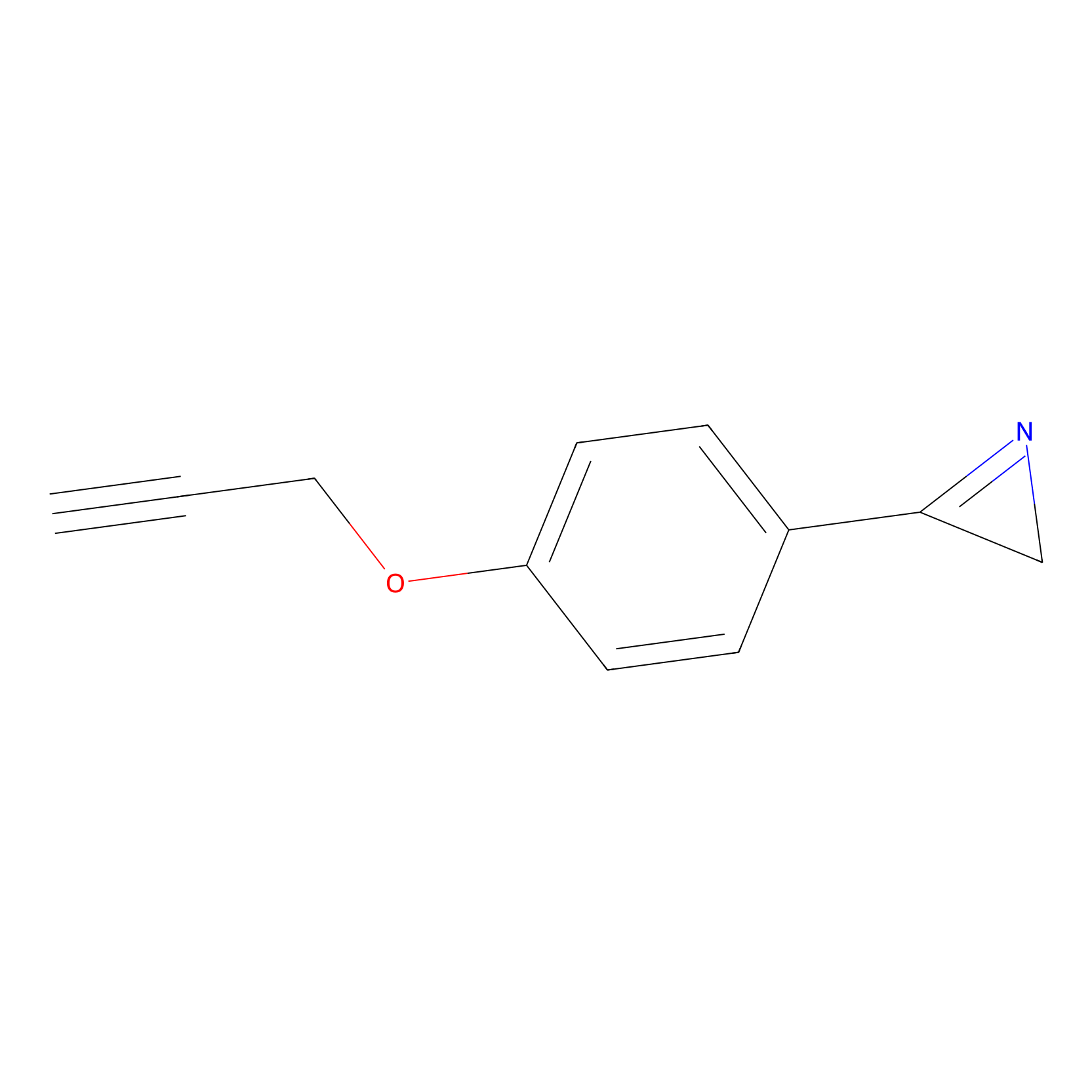 |
E32(10.00) | LDD2208 | [4] | |
|
ONAyne Probe Info |
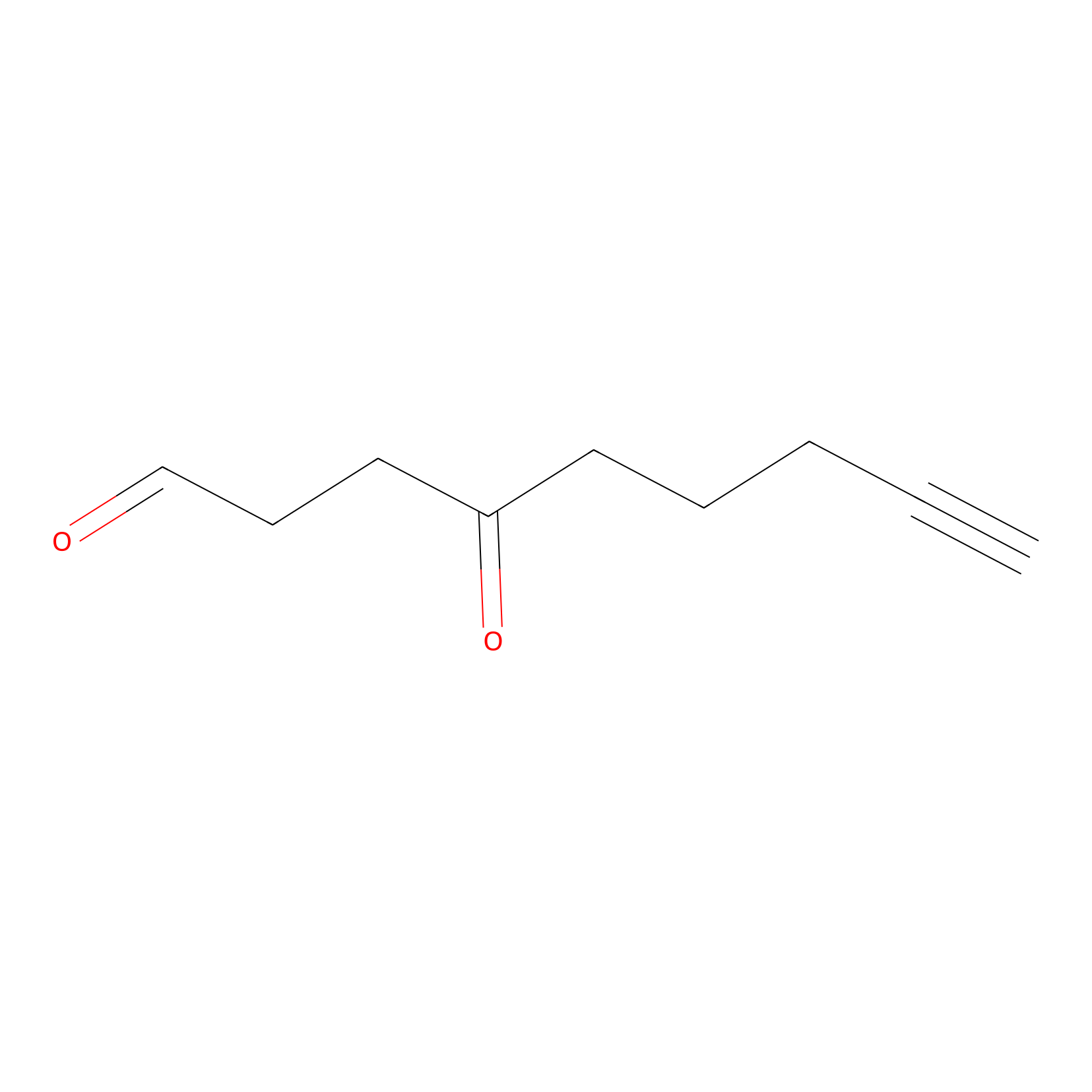 |
K47(10.00) | LDD0275 | [3] | |
|
OPA-S-S-alkyne Probe Info |
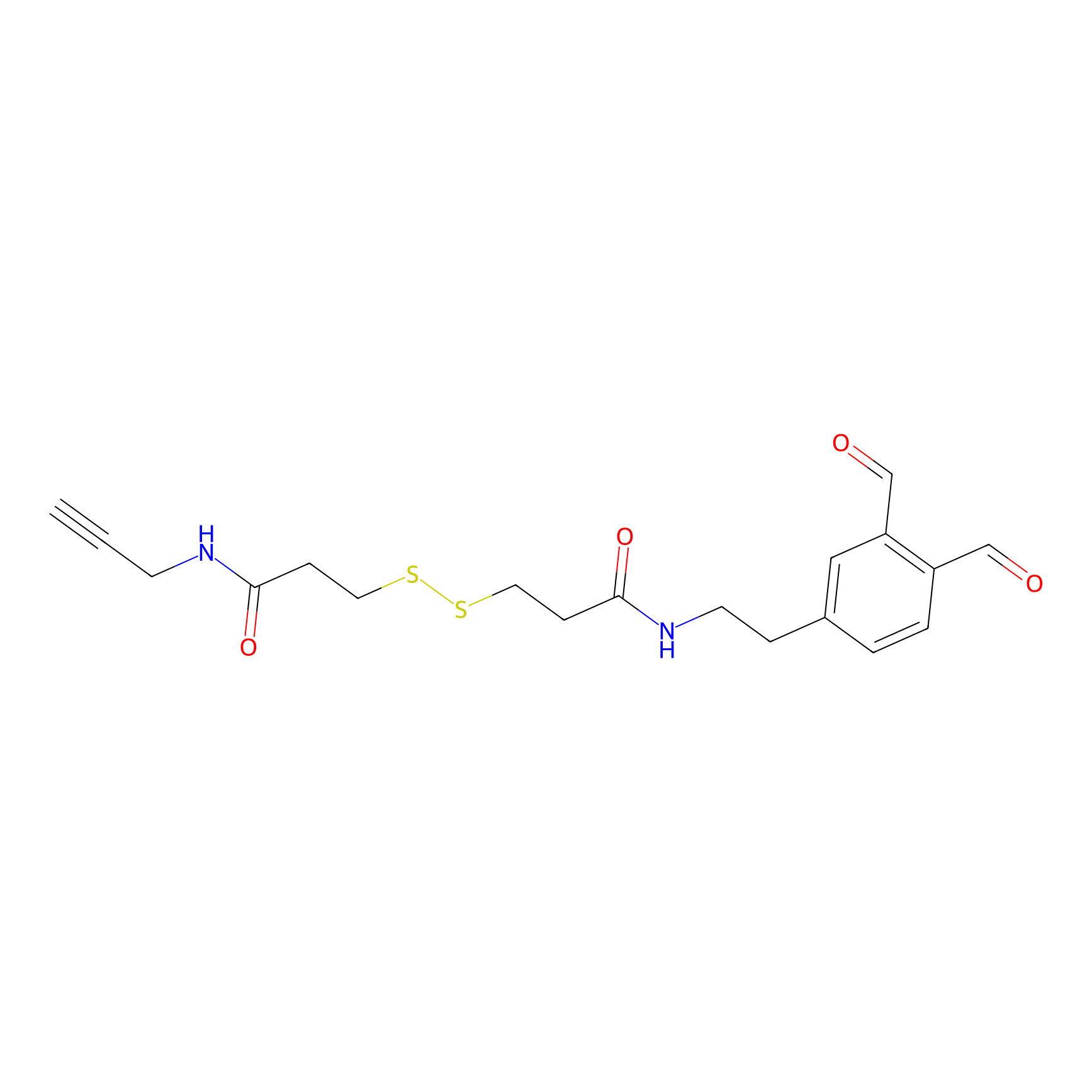 |
K64(2.52) | LDD3494 | [5] | |
|
Acrolein Probe Info |
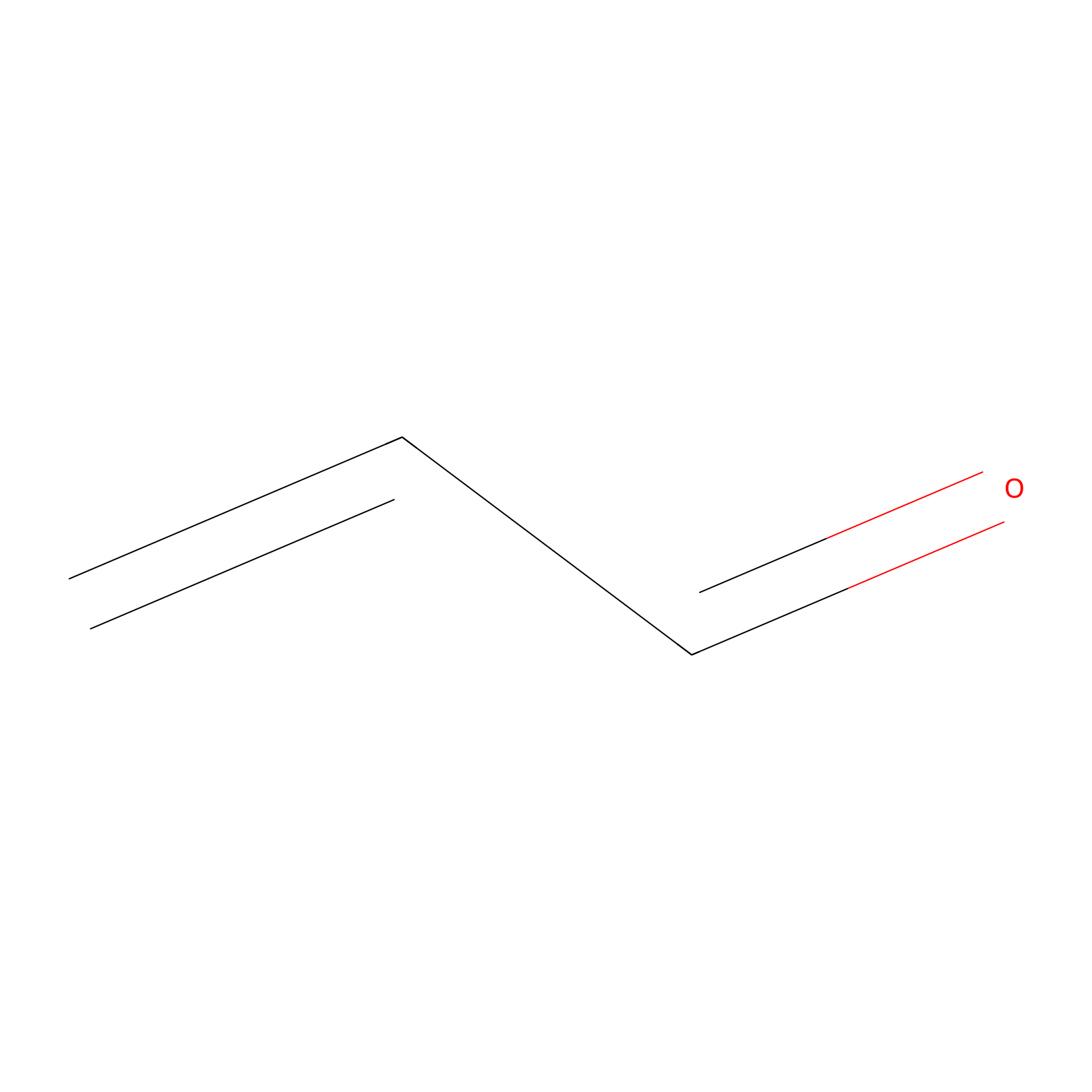 |
N.A. | LDD0217 | [6] | |
Competitor(s) Related to This Target
The Interaction Atlas With This Target
References
